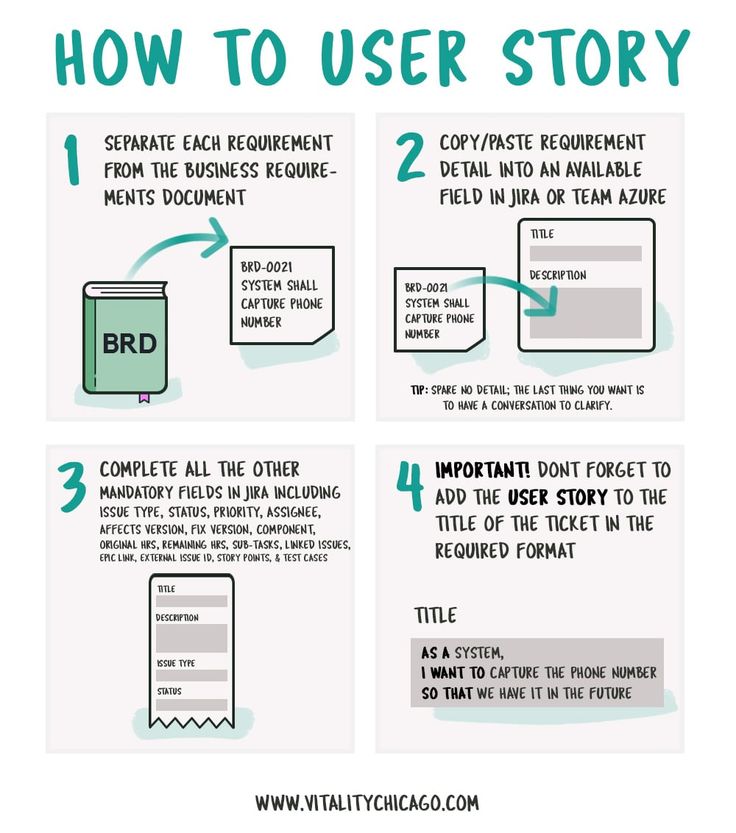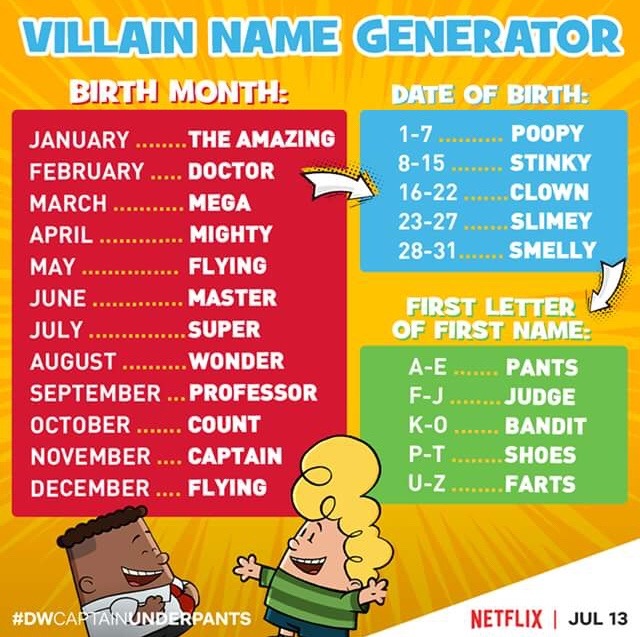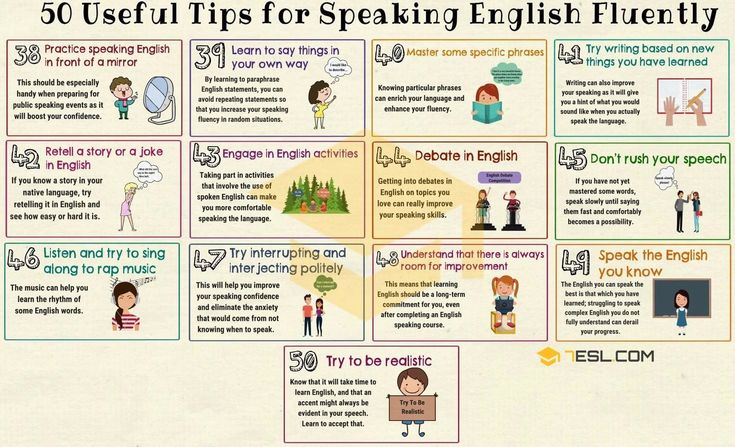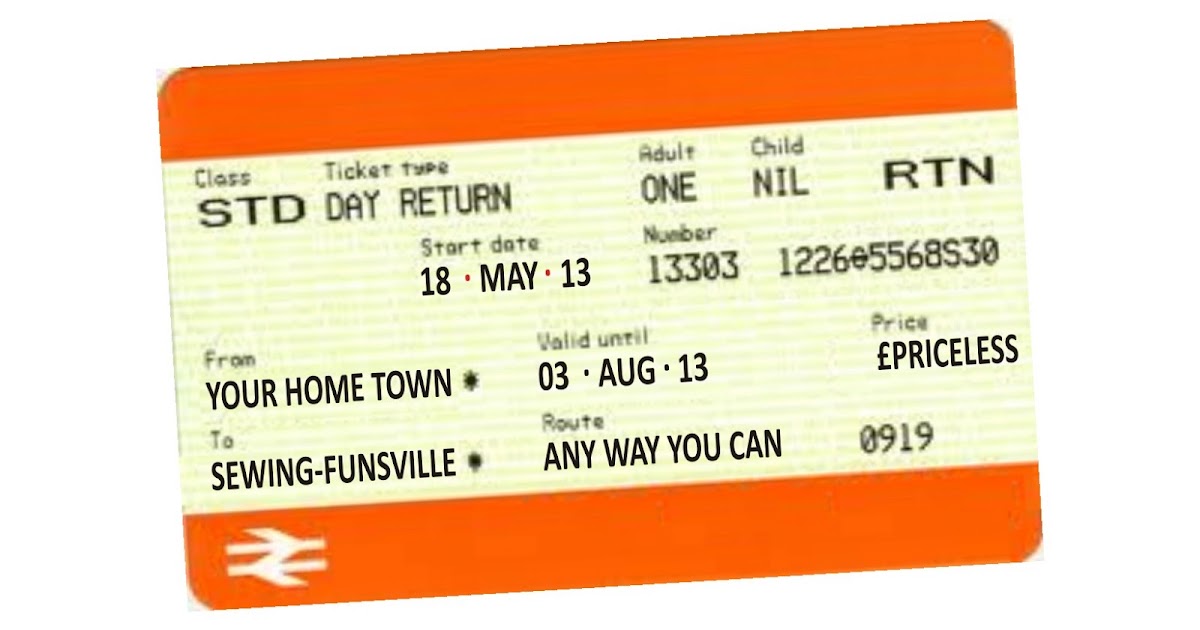Anxiety in a 2 year old
Anxiety in Toddlers: Signs and How to Help
While anxiety can be developmentally typical in toddlers, some kids experience higher levels than others.
As your toddler’s understanding of the world grows, you may notice that certain situations — like meeting new people or having bedtime fears — make them feel anxious. Anxiety is an emotion that’s common in toddlerhood.
You might worry about how anxiety is affecting your toddler’s development and emotional well-being.
Anxiety may be a concern if your child’s fears are out of proportion to the situation or when persistent or intense forms of fear and uncertainty disrupt your child’s life.
According to the Centers for Disease Control and Prevention (CDC), 7.1% of U.S. children have an anxiety disorder diagnosis. Meanwhile, around 10% of children ages 2 to 5 show signs of an anxiety disorder, according to research from 2019.
Toddlers with anxiety may have physical, emotional, and behavioral signs and symptoms.
Physical signs of anxiety
These may include:
- anxious body movements or tics
- complaints of a stomachache or headache, even if they don’t have any health conditions
- restlessness
- shaky when thinking of fears or in new situations
- tense muscles
- trouble falling or staying asleep
Emotional signs of anxiety
These may include:
- anger or aggression
- frequent crying
- more sensitivity than usual
- worries that interfere with day-to-day life
- grouchiness
- moodiness
Behavioral signs of anxiety
These may include:
- changes in eating habits
- frequent seeking of approval and reassurance from adults
- frequent meltdowns or tantrums
- nightmares and fears around bedtime
- refusals to go to daycare or preschool
- repetitive behaviors
- rigidity
- social withdrawal (like avoiding social time with peers)
Anxiety at age 1
Separation anxiety
Separation anxiety can be an early sign of anxiety in young toddlers.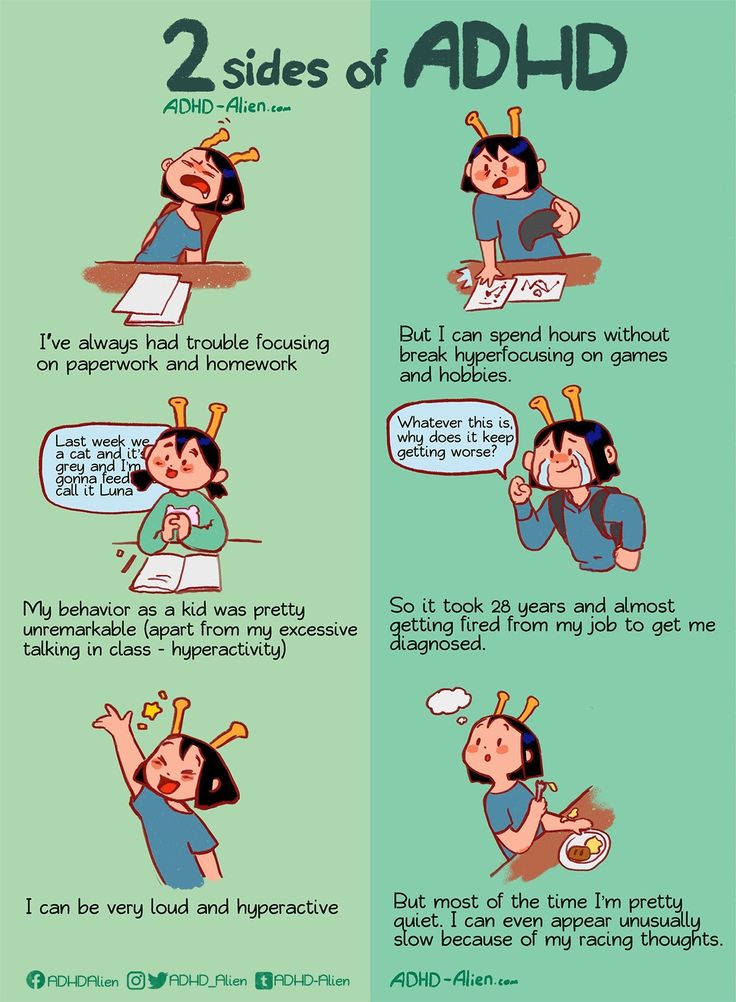 Crying, clinginess, and tantrums are hallmarks of separation anxiety.
Crying, clinginess, and tantrums are hallmarks of separation anxiety.
However, this may also just be a typical stage of development. Separation anxiety may peak at 18 months old, though it can continue well into your child’s preschool years.
Bedtime fears
Toddlers at this age may feel anxious before and during bedtime. Many are afraid of being apart from their parents while sleeping. It’s common to fear the dark at this age, too.
Stranger anxiety
No matter how friendly a new person may be, your child may react to a stranger’s face by crying and clinging to you. Stranger anxiety tends to be strongest in infancy, but it’s common at age 1, too.
Anxiety at age 2
Separation anxiety
Toddlers at this age have a deepened understanding of distance and time, and they’re now aware that you’re doing something without them when you’re not together.
Fear of new things and the unknown
It’s not uncommon for 2-year-olds to fear anything new — even mundane, everyday items and events like hearing the lawnmower or going to a new grocery store.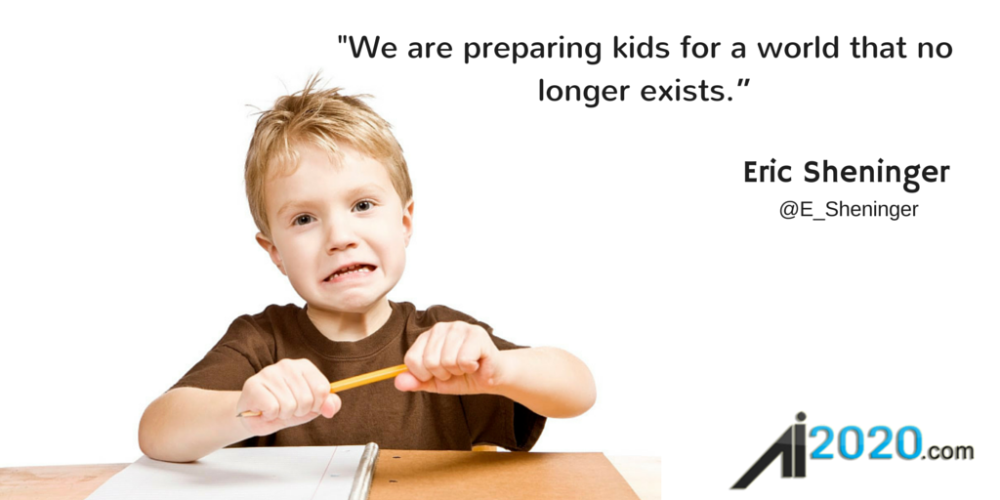
Your child may fear monsters under the bed, dogs or other animals, and loud sounds (like the flush of a toilet or the sound of a hand dryer in a public bathroom).
Social anxiety
Almost all 2-year-olds will have the occasional bout of shyness or even social anxiety when meeting someone new or spending time with peers, particularly in a new or unfamiliar setting.
Your child may feel insecure and cling to you or cry from the feelings of uncertainty and anxiety they feel.
Anxiety at age 3
Anxiety about preschool
Your 3-year-old may plead with you to not make them go to preschool, or they might refuse to go. They may say they have a headache or stomachache — both symptoms of anxiety in children — or cry and throw a tantrum when you say goodbye.
This could be separation anxiety or fear of something else, such as being teased or excluded at school.
Phobias and fears
Your child may be scared of certain items or situations, such as riding on the bus or the neighbor’s dog. At 3 years old, many children have anxiety around animals, darkness, storms, and other things they’re uncertain about or have had previous scary experiences with.
At 3 years old, many children have anxiety around animals, darkness, storms, and other things they’re uncertain about or have had previous scary experiences with.
Imagination-induced anxiety
At age 3, children often have incredible imaginations. Your child may fear monsters, ghosts, and other figures from their imagination.
It can be hard for children of this age to tell what’s real and what’s make-believe, so they may fear characters they’ve seen on television or in books who appear scary.
While all toddlers will likely experience anxiety at some point, some children are more anxious than others.
Some may pick up on the anxious behavior of others and model that behavior. Others may develop anxiety after new or stressful life events, including:
- moving or going to preschool
- living in a home with a lot of tension or fighting
- experiencing the death of a close family member or friend
- experiencing illness or injury
If your toddler has an anxiety disorder, several factors may play a role in the cause, including:
- Brain chemistry.
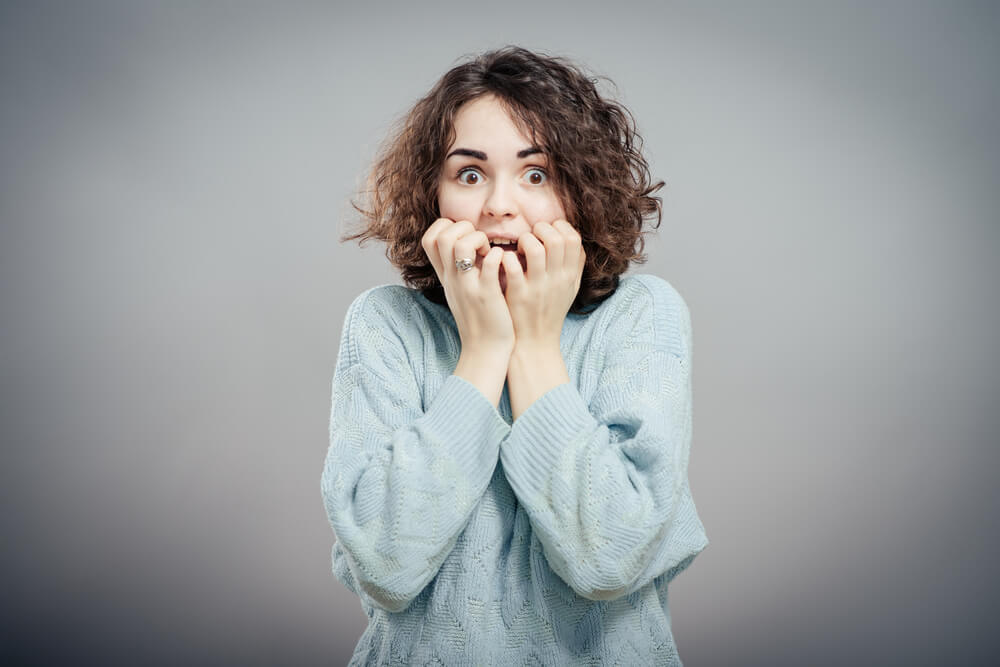 Brain chemicals — known as neurotransmitters — may be unbalanced.
Brain chemicals — known as neurotransmitters — may be unbalanced. - Genetics. A family history of anxiety disorders can make your child more susceptible to anxiety.
- Learned behaviors. Growing up in a family where caregivers or siblings are anxious can teach a younger child to respond with anxiety more often.
- Neurodevelopmental conditions. Autistic children and children with attention deficit hyperactivity disorder (ADHD) are more likely to develop anxiety disorders, according to 2018 research.
If your toddler has anxiety or you suspect they have an anxiety disorder, you might be able to help ease their worries and fears. Some ideas include:
Speaking with your child’s pediatrician
The pediatrician may refer you to a mental health professional who specializes in toddler mental health. This can help support your child in learning effective coping strategies.
Talking about feelings
You can be a safe person for your child to share all of their fears and worries with.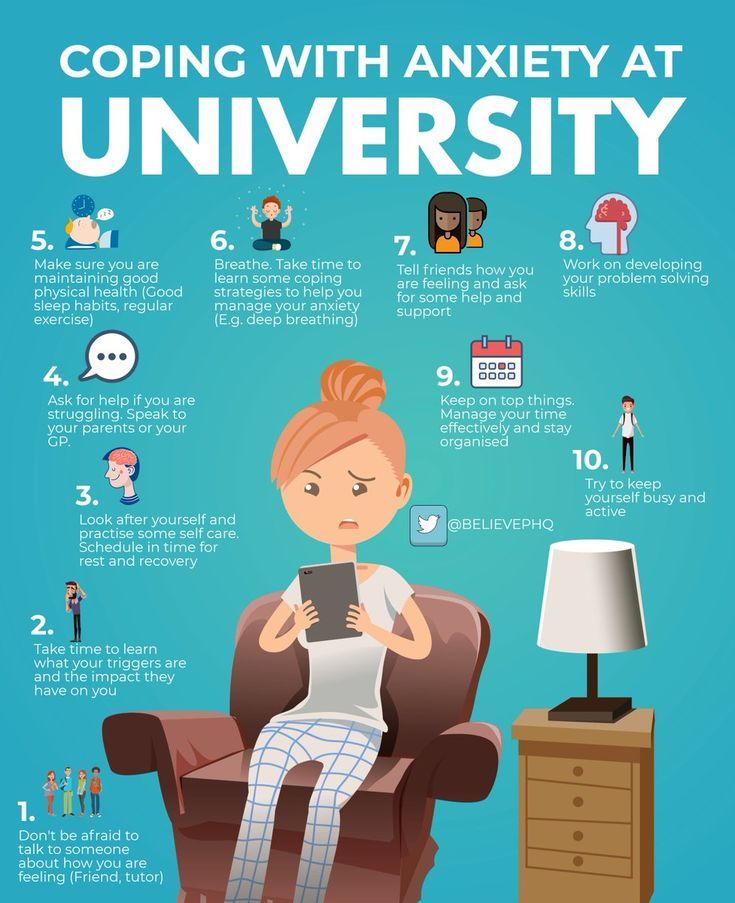 Listen to them, validate their feelings, and let them know you love and accept them as they are.
Listen to them, validate their feelings, and let them know you love and accept them as they are.
A loving, supportive relationship with you can help your child build their inner strength.
Giving your child encouragement
You can help your child face and confront what they’re afraid of (unless it’s unsafe!). You can also support them in taking small, positive steps forward with your support and guidance.
Research from 2016 backs this up — while too much or too little encouragement has been found to cause anxious toddlers to withdraw, moderate encouragement helped reduce some separation anxiety.
Having patience
It may take some time to figure out the most effective ways to help your toddler manage their anxiety. Remember to give yourself and your child lots of grace and patience during the process.
Preparing your child for new situations
You may want to prepare your child ahead of time before entering situations or meeting people you know make them anxious.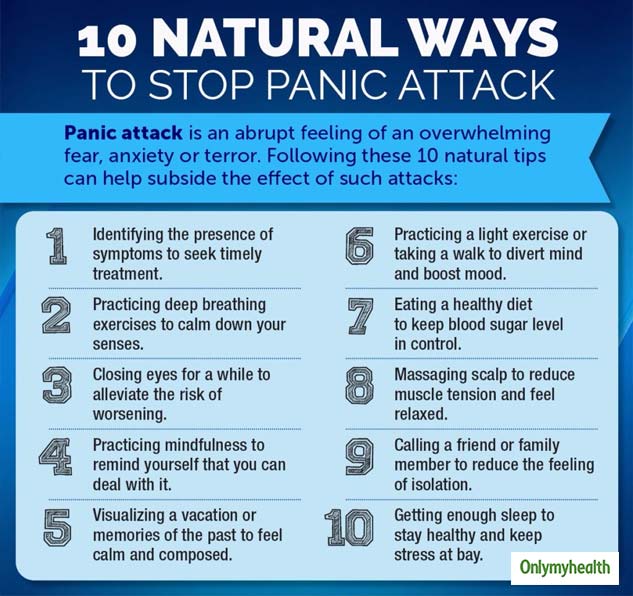
You can do this by giving them as many details as you can. Encourage them to bring along a favorite toy or security blanket. Give your child time to adjust to new situations, settings, and people, even if that means they spend time on your lap getting used to everything.
If your toddler has anxiety, you’re not alone. In-person and online resources can help you manage the condition with your child, including:
- The Child Anxiety Network
- WorryWise Kids
- Psych Central: Treating separation anxiety
Anxiety in Toddlers: Signs and How to Help
While anxiety can be developmentally typical in toddlers, some kids experience higher levels than others.
As your toddler’s understanding of the world grows, you may notice that certain situations — like meeting new people or having bedtime fears — make them feel anxious. Anxiety is an emotion that’s common in toddlerhood.
You might worry about how anxiety is affecting your toddler’s development and emotional well-being.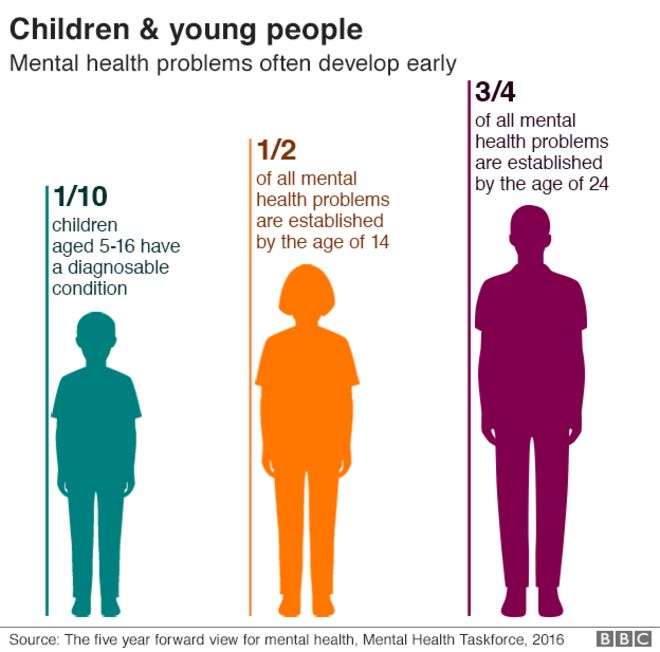
Anxiety may be a concern if your child’s fears are out of proportion to the situation or when persistent or intense forms of fear and uncertainty disrupt your child’s life.
According to the Centers for Disease Control and Prevention (CDC), 7.1% of U.S. children have an anxiety disorder diagnosis. Meanwhile, around 10% of children ages 2 to 5 show signs of an anxiety disorder, according to research from 2019.
Toddlers with anxiety may have physical, emotional, and behavioral signs and symptoms.
Physical signs of anxiety
These may include:
- anxious body movements or tics
- complaints of a stomachache or headache, even if they don’t have any health conditions
- restlessness
- shaky when thinking of fears or in new situations
- tense muscles
- trouble falling or staying asleep
Emotional signs of anxiety
These may include:
- anger or aggression
- frequent crying
- more sensitivity than usual
- worries that interfere with day-to-day life
- grouchiness
- moodiness
Behavioral signs of anxiety
These may include:
- changes in eating habits
- frequent seeking of approval and reassurance from adults
- frequent meltdowns or tantrums
- nightmares and fears around bedtime
- refusals to go to daycare or preschool
- repetitive behaviors
- rigidity
- social withdrawal (like avoiding social time with peers)
Anxiety at age 1
Separation anxiety
Separation anxiety can be an early sign of anxiety in young toddlers. Crying, clinginess, and tantrums are hallmarks of separation anxiety.
Crying, clinginess, and tantrums are hallmarks of separation anxiety.
However, this may also just be a typical stage of development. Separation anxiety may peak at 18 months old, though it can continue well into your child’s preschool years.
Bedtime fears
Toddlers at this age may feel anxious before and during bedtime. Many are afraid of being apart from their parents while sleeping. It’s common to fear the dark at this age, too.
Stranger anxiety
No matter how friendly a new person may be, your child may react to a stranger’s face by crying and clinging to you. Stranger anxiety tends to be strongest in infancy, but it’s common at age 1, too.
Anxiety at age 2
Separation anxiety
Toddlers at this age have a deepened understanding of distance and time, and they’re now aware that you’re doing something without them when you’re not together.
Fear of new things and the unknown
It’s not uncommon for 2-year-olds to fear anything new — even mundane, everyday items and events like hearing the lawnmower or going to a new grocery store.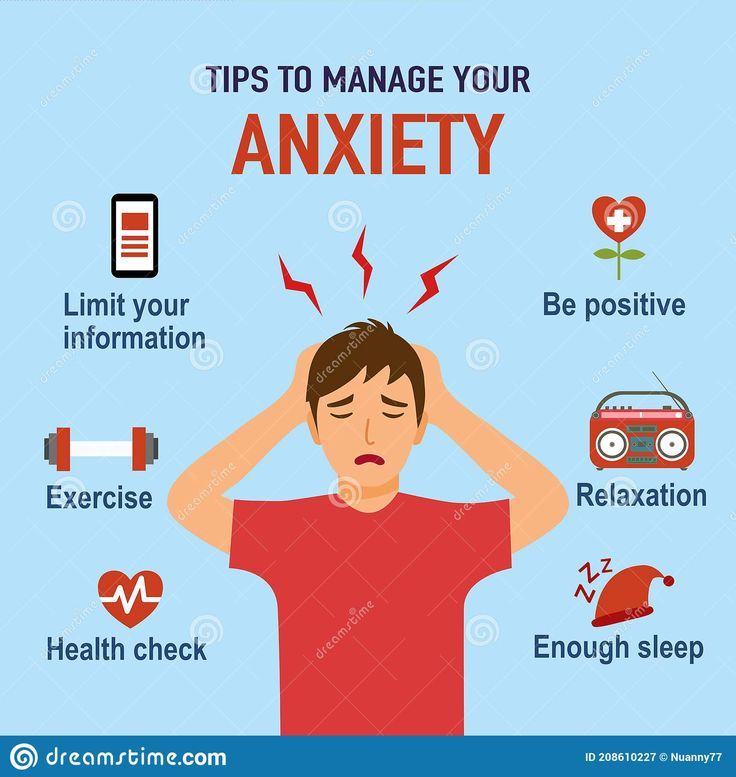
Your child may fear monsters under the bed, dogs or other animals, and loud sounds (like the flush of a toilet or the sound of a hand dryer in a public bathroom).
Social anxiety
Almost all 2-year-olds will have the occasional bout of shyness or even social anxiety when meeting someone new or spending time with peers, particularly in a new or unfamiliar setting.
Your child may feel insecure and cling to you or cry from the feelings of uncertainty and anxiety they feel.
Anxiety at age 3
Anxiety about preschool
Your 3-year-old may plead with you to not make them go to preschool, or they might refuse to go. They may say they have a headache or stomachache — both symptoms of anxiety in children — or cry and throw a tantrum when you say goodbye.
This could be separation anxiety or fear of something else, such as being teased or excluded at school.
Phobias and fears
Your child may be scared of certain items or situations, such as riding on the bus or the neighbor’s dog. At 3 years old, many children have anxiety around animals, darkness, storms, and other things they’re uncertain about or have had previous scary experiences with.
At 3 years old, many children have anxiety around animals, darkness, storms, and other things they’re uncertain about or have had previous scary experiences with.
Imagination-induced anxiety
At age 3, children often have incredible imaginations. Your child may fear monsters, ghosts, and other figures from their imagination.
It can be hard for children of this age to tell what’s real and what’s make-believe, so they may fear characters they’ve seen on television or in books who appear scary.
While all toddlers will likely experience anxiety at some point, some children are more anxious than others.
Some may pick up on the anxious behavior of others and model that behavior. Others may develop anxiety after new or stressful life events, including:
- moving or going to preschool
- living in a home with a lot of tension or fighting
- experiencing the death of a close family member or friend
- experiencing illness or injury
If your toddler has an anxiety disorder, several factors may play a role in the cause, including:
- Brain chemistry.
 Brain chemicals — known as neurotransmitters — may be unbalanced.
Brain chemicals — known as neurotransmitters — may be unbalanced. - Genetics. A family history of anxiety disorders can make your child more susceptible to anxiety.
- Learned behaviors. Growing up in a family where caregivers or siblings are anxious can teach a younger child to respond with anxiety more often.
- Neurodevelopmental conditions. Autistic children and children with attention deficit hyperactivity disorder (ADHD) are more likely to develop anxiety disorders, according to 2018 research.
If your toddler has anxiety or you suspect they have an anxiety disorder, you might be able to help ease their worries and fears. Some ideas include:
Speaking with your child’s pediatrician
The pediatrician may refer you to a mental health professional who specializes in toddler mental health. This can help support your child in learning effective coping strategies.
Talking about feelings
You can be a safe person for your child to share all of their fears and worries with.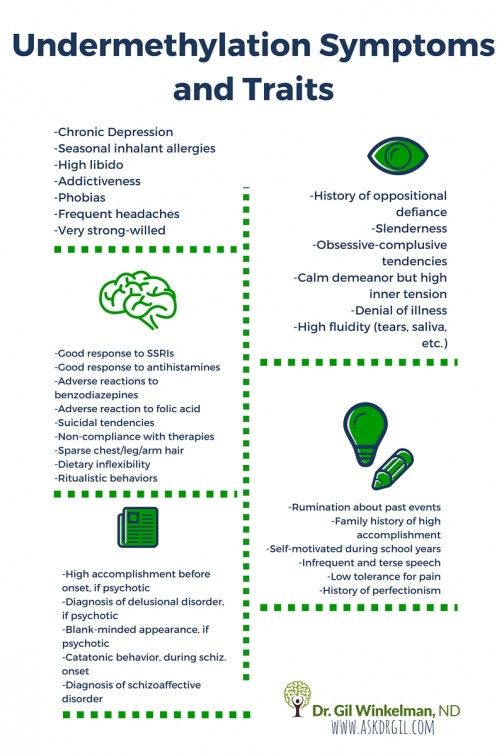 Listen to them, validate their feelings, and let them know you love and accept them as they are.
Listen to them, validate their feelings, and let them know you love and accept them as they are.
A loving, supportive relationship with you can help your child build their inner strength.
Giving your child encouragement
You can help your child face and confront what they’re afraid of (unless it’s unsafe!). You can also support them in taking small, positive steps forward with your support and guidance.
Research from 2016 backs this up — while too much or too little encouragement has been found to cause anxious toddlers to withdraw, moderate encouragement helped reduce some separation anxiety.
Having patience
It may take some time to figure out the most effective ways to help your toddler manage their anxiety. Remember to give yourself and your child lots of grace and patience during the process.
Preparing your child for new situations
You may want to prepare your child ahead of time before entering situations or meeting people you know make them anxious.
You can do this by giving them as many details as you can. Encourage them to bring along a favorite toy or security blanket. Give your child time to adjust to new situations, settings, and people, even if that means they spend time on your lap getting used to everything.
If your toddler has anxiety, you’re not alone. In-person and online resources can help you manage the condition with your child, including:
- The Child Anxiety Network
- WorryWise Kids
- Psych Central: Treating separation anxiety
Anxious child. Learning to support the baby
01/24/2020
4
Anxious child
In the first years of life, children are in a constant stream of unknown information. Every day, kids meet incomprehensible words, face new phenomena and people. And not everyone easily survives this stage, some children have increased anxiety. Let's look at how parents can help a child overcome fears and anxiety.
External manifestation of anxiety and anxiety in children
Increased anxiety has different manifestations: rapid heartbeat, shallow breathing, increased sweating, tension in the body, nausea. An anxious child may not let you go a single step, start stuttering, crying, falling into hysterics. He has problems with sleep, increased fatigue, health problems.
An anxious child may not let you go a single step, start stuttering, crying, falling into hysterics. He has problems with sleep, increased fatigue, health problems.
But anxiety is not always something negative. The feeling of fear motivates us or helps us avoid danger and conflict. But if increased anxiety interferes with normal life, then you should pay close attention to this problem. nine0003
Types of anxiety in children
Separation anxiety
The baby gets upset and very worried when mom or dad leaves. A grown up child refuses to go to kindergarten, to stay with his grandmother. Separation anxiety begins at 9 months of age and may worsen at 2-3 years of age.
Social anxiety in children
The child feels discomfort in the presence of a large number of people, is afraid of judgment, cannot stand noisy places. Social anxiety often arises from a misunderstanding of an object or event, as well as a lack of experience in the baby. nine0003
Anxiety-phobic disorder
Hidden, irrational fear of certain things or situations.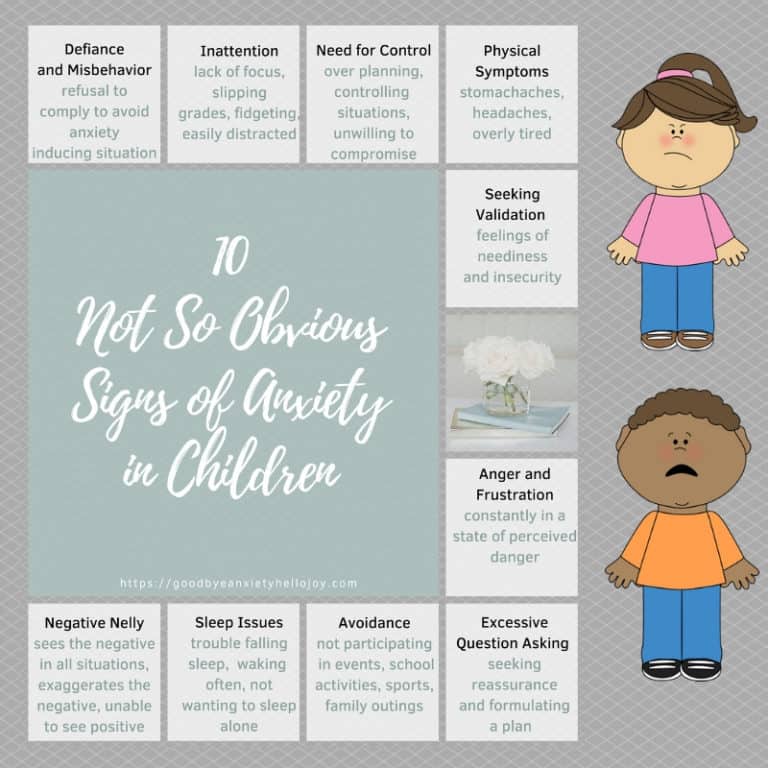 For example, fear of thunderstorms, insects, closed spaces.
For example, fear of thunderstorms, insects, closed spaces.
Causes of anxiety in a child
Two factors influence the development of increased anxiety in children: genetics and upbringing.
Education can either increase the innate predisposition to anxiety or compensate for it.
At the same time, there are children with increased sensitivity and emotionality, which is the environment for the development of anxiety. nine0003
If the mother herself is too exciting, too protective of the baby, then he will be subject to great feelings. Such a mother subconsciously cannot give the child the tools to cope with this world, to accept it in imperfection, with a certain danger. Because she can't deal with her anxiety on her own.
Therefore, the mother must first find ways to balance herself, and then the child will start copying them.
You can't just teach a child to calm down if you don't have it. nine0003
How to help
In a difficult situation for the baby, be close to him and create a supportive atmosphere:
- Accept the child's emotion, tell him in a moment of anxiety: "I know you don't like it.
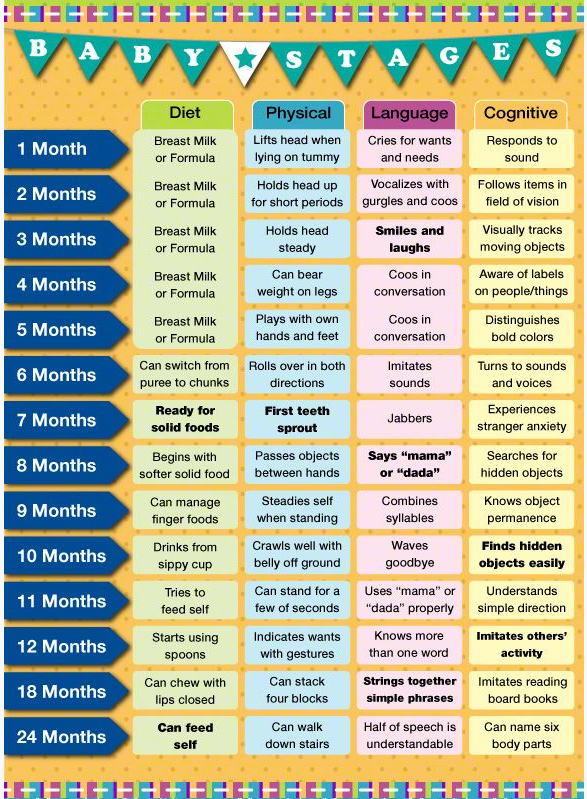 " Support the baby - show that you understand how difficult it is for him and believe that he will cope with a difficult situation. At the same time, let him know that you are there and support him.
" Support the baby - show that you understand how difficult it is for him and believe that he will cope with a difficult situation. At the same time, let him know that you are there and support him. - Focus the baby's attention on the moment that he managed to overcome. For example, he went into a room where there are a lot of people, agreed to an injection. Accepting a child's feelings does not mean that you will do everything possible to avoid a situation that is terrible for him. Your actions should be aimed at reducing his level of anxiety. nine0053
- Speak fear. Discuss with your child what might happen if something he fears happens. For example, if your child is afraid to let you go in kindergarten, talk about it. If he is afraid of dogs, tell him how to behave if he is near an animal.
- Give your child a choice. For example, if he is afraid to sleep in the dark, ask: "What will help you sleep more peacefully: a favorite toy, a nightlight, or an ajar door?" Or let your child come up with a solution.
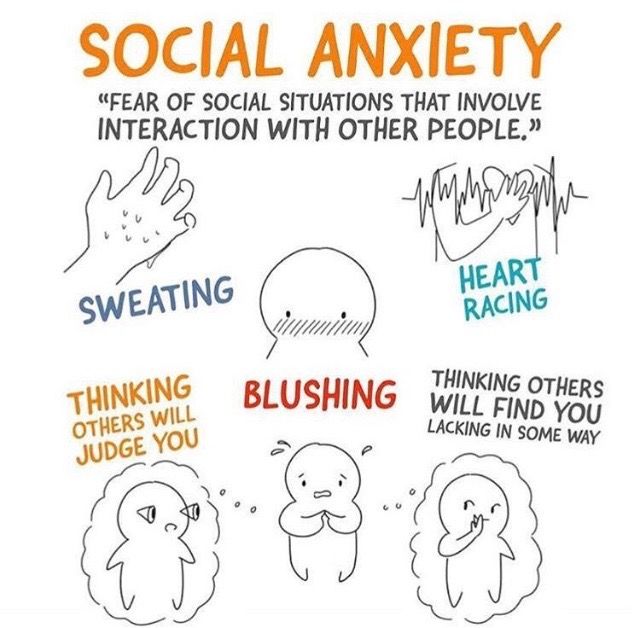 nine0053
nine0053 - From 3-4 years old, you can teach your baby to breathe during the appearance of anxiety or nervousness. Breathing exercises help to calm down quickly. Children quickly grasp this instrument. To reduce nervousness will help: washing with cold water, jumping, tension and relaxation of the muscles of the whole body.
- Use the formula: "Find out - inspire to face a difficult situation - enlighten." It is important, together with the baby, to find a way out of a difficult situation for him and, where appropriate, teach him to react differently to it. For example, from the age of 4-5, some children are afraid that thieves can enter the house. If a child tells you about this fear, explain to him that the house is protected, there are locks on the doors, there is a camera and a concierge in the entrance. It is important for a child to know that adults protect him and create a safe space for him. It is important for children to hear that mom and dad are in control. nine0053
- Show your child by personal example how you deal with negative emotions, fears and anxiety.
 Let the children see how you calmly experience such moments.
Let the children see how you calmly experience such moments.
When you need the help of a psychologist
1. If a child has extreme difficulties with communication, he cannot communicate with anyone.
2. The child has difficulty with daily tasks. For example, he is afraid to approach the window and will never enter a room with open windows. In this case, the situation is repeated in any place. nine0003
3. The child has panic attacks or some kind of phobia. In this case, the specialist will make an accurate diagnosis and prescribe treatment.
Do's and don'ts
Don't "inflate" emotions
If your child is afraid of dogs, accept that fact. But do not exaggerate the situation: you do not need, for example, to tell your grandmother that during a walk with a baby they bypass all the animals. Also, do not tell everyone that the child has this fear. You show your kid every time that being afraid of dogs is right. And he hardly wants to ever approach them.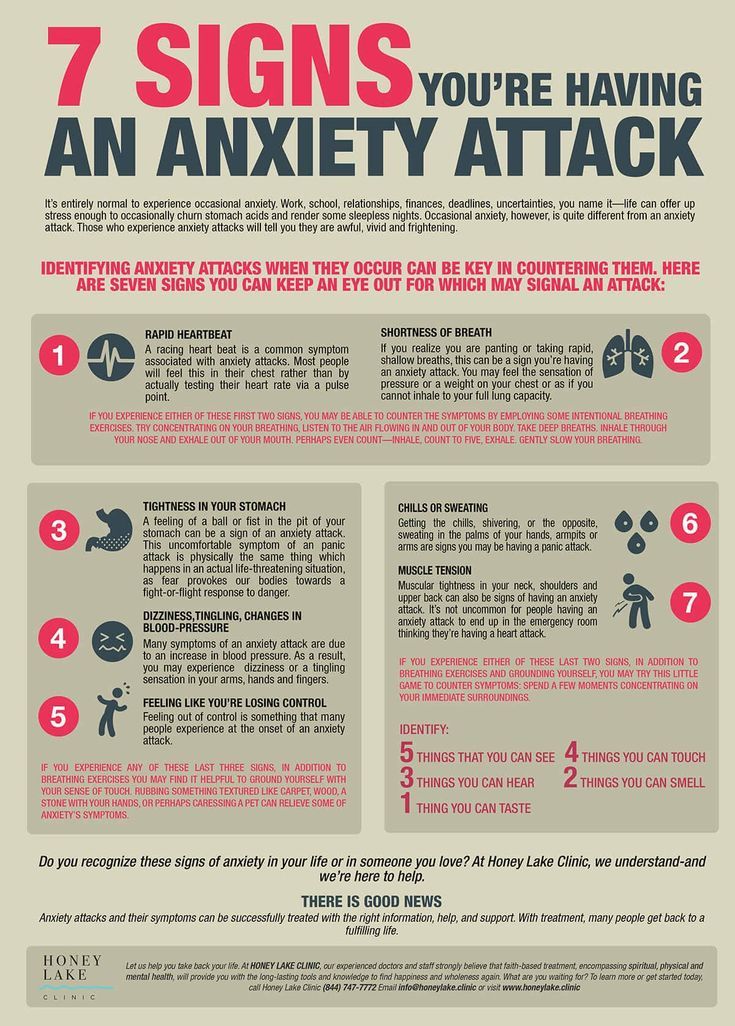 nine0003
nine0003
Avoid prompts through questions if you don't understand what exactly your child is afraid of
Ask:
"What happened?"
"How do you feel?"
"What sounds did you hear?"
"What did you see?"
There is no need to tell him what he might be afraid of: "You were afraid of the dog, were you scared by a loud sound?" This is how we deepen the fear.
Avoid long waits for "horror"
If you know a situation is unnerving your child, try to avoid waiting too long. If he does not like to take tests or visit a doctor, do not prepare him for this event in three days. nine0003
Do not lie
The child will easily understand that you are not telling the truth, will think that you do not know how to cope with fear.
Don't reset the situation by doing everything you can to prevent it.
For example, if your child doesn't like strangers or loud noises, and you make an effort to avoid this. So you deprive the child of the opportunity to develop mechanisms that will teach him to cope with high anxiety.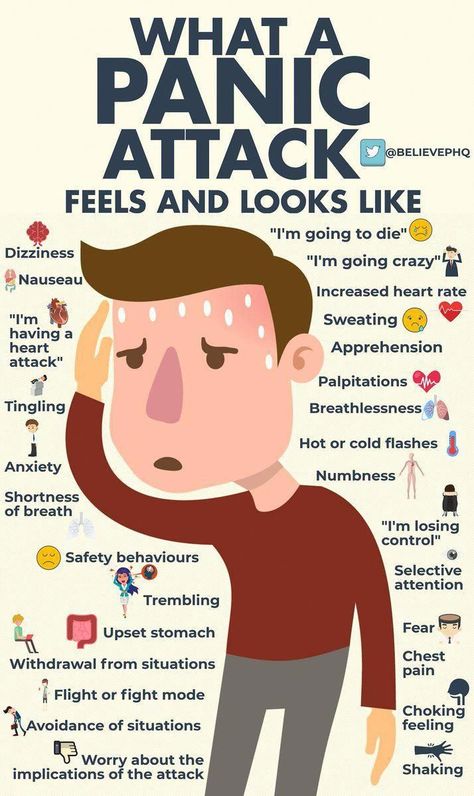 You support in him the thought “yes, I can’t handle this” and give the affirmation “yes, this is very scary and difficult.” nine0003
You support in him the thought “yes, I can’t handle this” and give the affirmation “yes, this is very scary and difficult.” nine0003
When does your child become anxious? What helps him calm down?
Like this article? Rate:
Votes: 19
Children's anxiety. How to help an anxious child? | "Four leaf clover"
Child anxiety
Anxiety is commonly referred to as an increased tendency to experience apprehension and worry. In some situations, anxiety is justified and even useful: it mobilizes a person, allows you to avoid danger or solve a problem. This is the so-called situational anxiety. But sometimes anxiety accompanies a person in all life circumstances, even objectively favorable ones. That is, it becomes a stable personality trait. Such a person experiences constant unaccountable fear, an indefinite sense of threat. Any event is perceived as unfavorable and dangerous.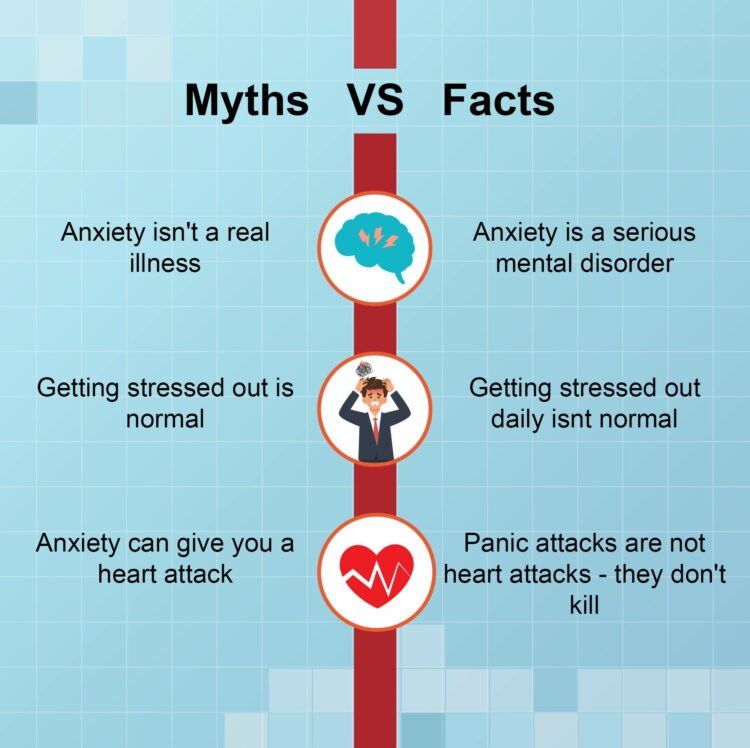 nine0031
nine0031
An anxious child is constantly depressed, on guard, it is difficult for him to establish contact with others, the world is perceived as frightening and hostile.
An anxious child is constantly depressed, on guard, it is difficult for him to establish contact with others, the world is perceived as frightening and hostile. Low self-esteem and a gloomy look at the future are constantly fixed. nine0003
Signs of anxiety:
- The child cannot work for a long time without getting tired
- He has difficulty concentrating on something
- Any occupation causes unnecessary anxiety
- During the performance of the task is very tense, constrained
- Embarrassed more than others
- Often talks about stressful situations
- Blushing in unfamiliar surroundings
- Complains about having nightmares
- His hands are usually cold and wet
- He often has stool disorder
- Sweating profusely when nervous
- Does not have a good appetite
- Sleeps restlessly, falls asleep with difficulty
- Shy, many things cause him fear
- Usually restless, easily upset
- Often unable to hold back tears
- Doesn't handle waiting well
- Doesn't like to take on new business
- Not confident in himself and his abilities
- Afraid to face difficulties
Childhood anxiety at different ages
Preschool anxiety
It is often difficult for parents to understand why their child may be worried. Well, what problems can there be at his age: dressed, well-fed, the yard is full of friends, a lot of toys, loving relatives ?! nine0031 However, the presence of childhood anxiety problems signals that in the life of a small person, not everything is as smooth as it seems to adults. This condition should never be ignored. In addition, it doesn’t matter if you have a son or a daughter, at this age anxiety does not depend on the child’s gender.
Well, what problems can there be at his age: dressed, well-fed, the yard is full of friends, a lot of toys, loving relatives ?! nine0031 However, the presence of childhood anxiety problems signals that in the life of a small person, not everything is as smooth as it seems to adults. This condition should never be ignored. In addition, it doesn’t matter if you have a son or a daughter, at this age anxiety does not depend on the child’s gender.
Anxiety is inherent in a person, regardless of age. In children from 1 to 3 years of age, the most common fears are caused by sharp loud sounds, sudden pain, for example, during vaccinations, and as a result, a negative reaction to doctors. In the age range from 3 to 5 years, anxiety in preschoolers often manifests itself in the form of fears such as fear of the dark, closed space, and loneliness. At the age of 5 to 7 years, fear of death is often added. If you notice anxiety in your child, in no case should you let this problem go by itself.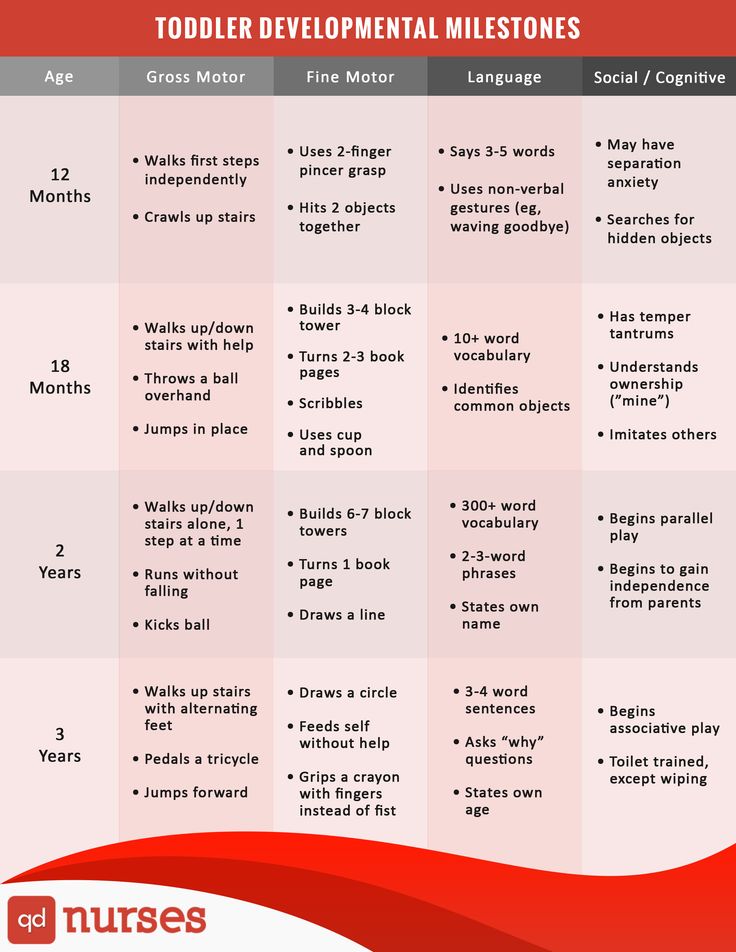 nine0003
nine0003
In the age range from 3 to 5 years, anxiety in preschoolers often manifests itself in the form of such fears as fear of the dark, closed space, loneliness. At the age of 5 to 7 years, fear of death is often added.
School anxiety
The age from 7 to 11 years can become very difficult. At this time, the child's life changes, he becomes an adult, he is entrusted with the mission of studying well, behaving correctly, being better, diligent, smarter than his peers. nine0003
Usually, anxiety manifests itself 1.5 months after the start of the school year, it is in connection with this that schoolchildren need rest - holidays from 1 to 1.5 weeks.
Usually, anxiety manifests itself 1.5 months after the start of the school year, it is in connection with this that schoolchildren need rest - holidays from 1 to 1.5 weeks.
Sometimes anxiety is related to more serious problems. So, with the help of a professional psychologist at the Four-Leaf Clover Clinic of Restorative Psychology, a child can be diagnosed with a mental disorder, neurosis at an early stage. nine0003
So, with the help of a professional psychologist at the Four-Leaf Clover Clinic of Restorative Psychology, a child can be diagnosed with a mental disorder, neurosis at an early stage. nine0003
Where does increased anxiety come from?
- If there is a constant anxious and suspicious atmosphere in the house. If the parents themselves are constantly afraid of something and worry about something. This condition is very contagious, the child adopts from adults an unhealthy form of reaction to everything, even to ordinary life events.
- If the child lacks information (or uses incorrect information). Try to keep track of what he reads, what programs he watches, what emotions he experiences. It is sometimes difficult for adults to understand how children interpret this or that event. nine0031
- Anxious children can grow up not only with anxious parents. The authoritarian style of parenting in the family also does not contribute to the inner peace of the child.
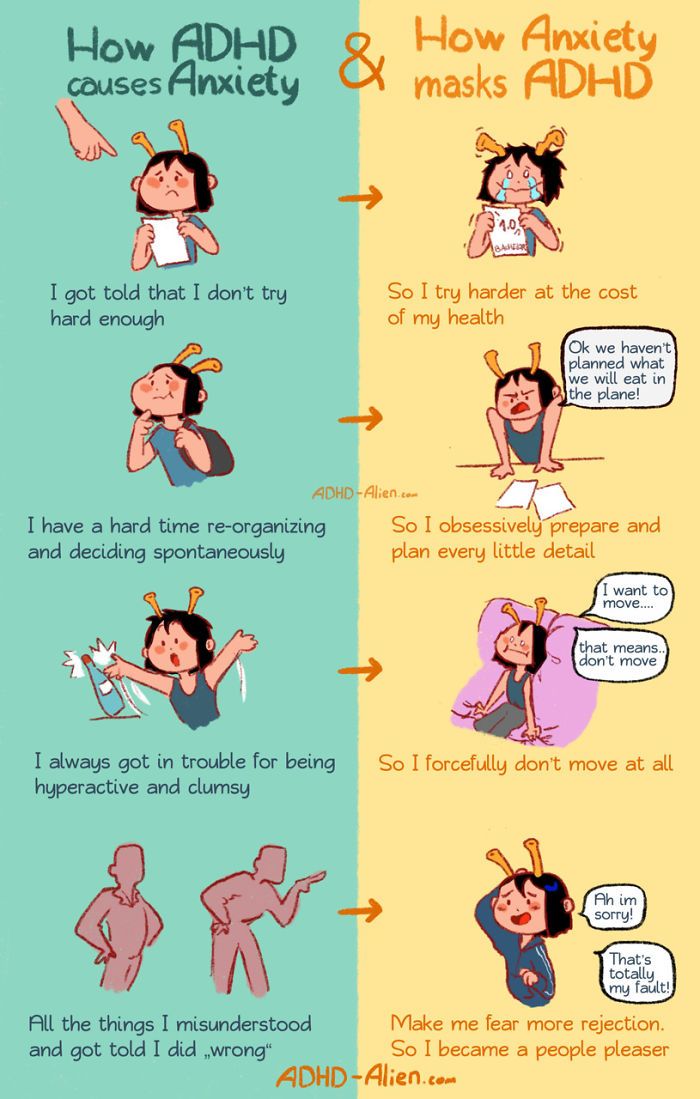
Parents who do not doubt and do not worry know exactly what and how to achieve in life. And most importantly - what they want to achieve from their child. Such a child must constantly live up to the high expectations of adults. He is in a situation of constant and intense expectation: he managed or failed to please his parents. It is especially difficult for a child if the demands and reactions of adults are unpredictable and inconsistent. nine0003
An internal conflict in a child can be caused by:
- Contradictory demands made by parents, or parents and the school (kindergarten). For example, parents do not let their child go to school because they feel unwell, and the teacher puts a “deuce” in a journal and scolds him for skipping a lesson in the presence of other children.
- Inadequate requirements, most often overstated. For example, parents repeatedly repeat to the child that he must certainly be an excellent student, they cannot come to terms with the fact that the child receives at school not only "five" and is not the best student in the class.
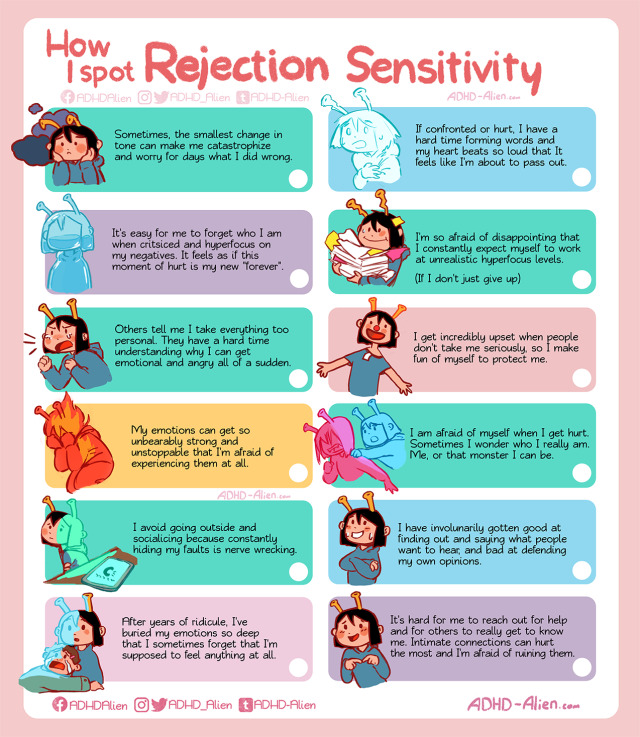 nine0031
nine0031 - Negative demands that humiliate the child, put him in a dependent position. For example, a caregiver or teacher says to a child: “If you tell me who behaved badly in my absence, I won’t tell my mother that you got into a fight.”
Experts believe that boys are more anxious in preschool and younger preschool age, and after 12 years - girls. At the same time, girls are more worried about relationships with other people, and boys are more worried about violence and punishment. nine0031
Having committed some “unseemly” act, the girls worry that their mother or teacher will think badly of them, and their girlfriends will refuse to be friends with them. In the same situation, boys are likely to be afraid that they will be punished by adults or beaten by their peers.
How to help an anxious child?
- Raise the child's self-esteem
To achieve success in this matter, it is necessary that an adult himself see the dignity of the child, treat him with respect (and not just with love) and be able to notice all his successes, even the smallest ones.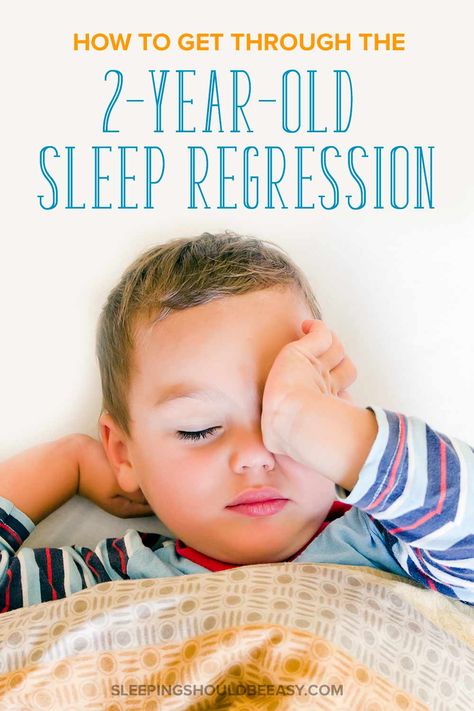 nine0003
nine0003
- Teach your child to manage their behavior
It is necessary to teach the ability to manage oneself in situations that cause the greatest anxiety in the child
- Teach the child to relax
It is important for all children to be able to relax, but for anxious children it is simply a necessity, because the state of anxiety is accompanied by a clamping of different muscle groups.
It is very useful for such a child to attend group psycho-corrective classes - after consultation with a psychologist. The topic of childhood anxiety is well developed in psychology, and usually the effect of such activities is palpable. nine0003
Prevention of anxiety. Recommendations to parents.
- When communicating with your child, do not undermine the authority of other significant people.
For example, you can’t say to a child: “Your teachers understand a lot, better listen to your grandmother!”.
Be consistent in your actions, do not forbid the child for no reason what was allowed before.
- Consider children's abilities, do not demand from them what they cannot do. nine0053
If a child is given some kind of educational Subject with difficulty, it is better to once again help him and provide support, and when even the slightest success is achieved, do not forget to praise him.
- Trust your child, be honest with him and accept him for who he is.
If for some objective reasons it is difficult for a child to study, choose a circle for him to his liking so that classes in it bring joy to the child and he does not feel disadvantaged. nine0003
If parents are not satisfied with the behavior and success of their child, this is not a reason to deny him love and support. Let your child live in an atmosphere of warmth and trust, and then all his many talents will be revealed.
